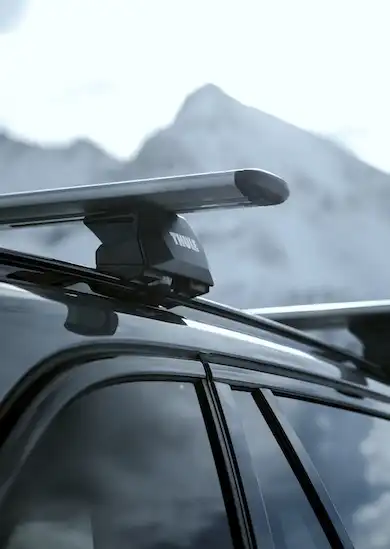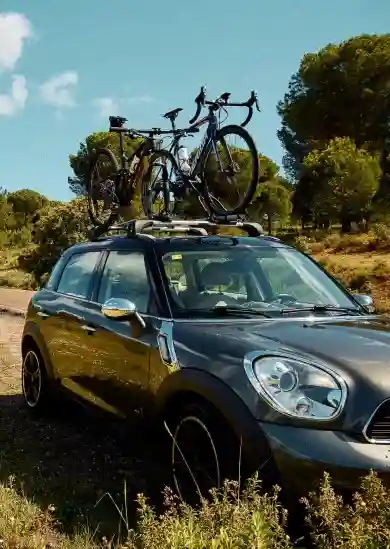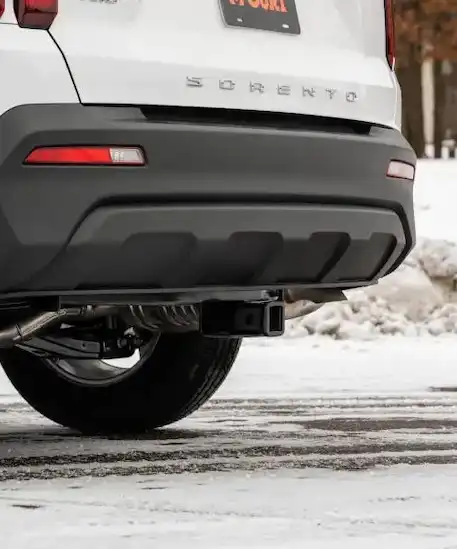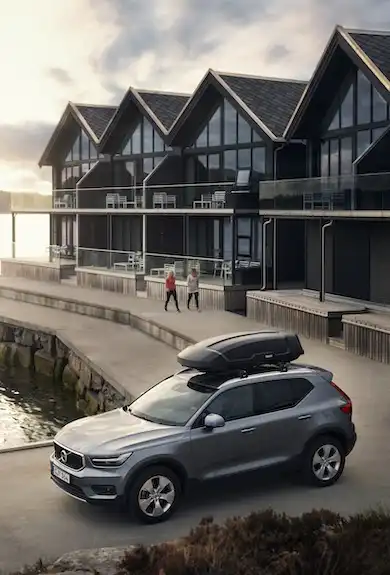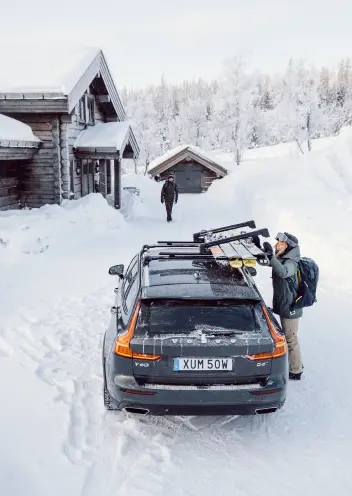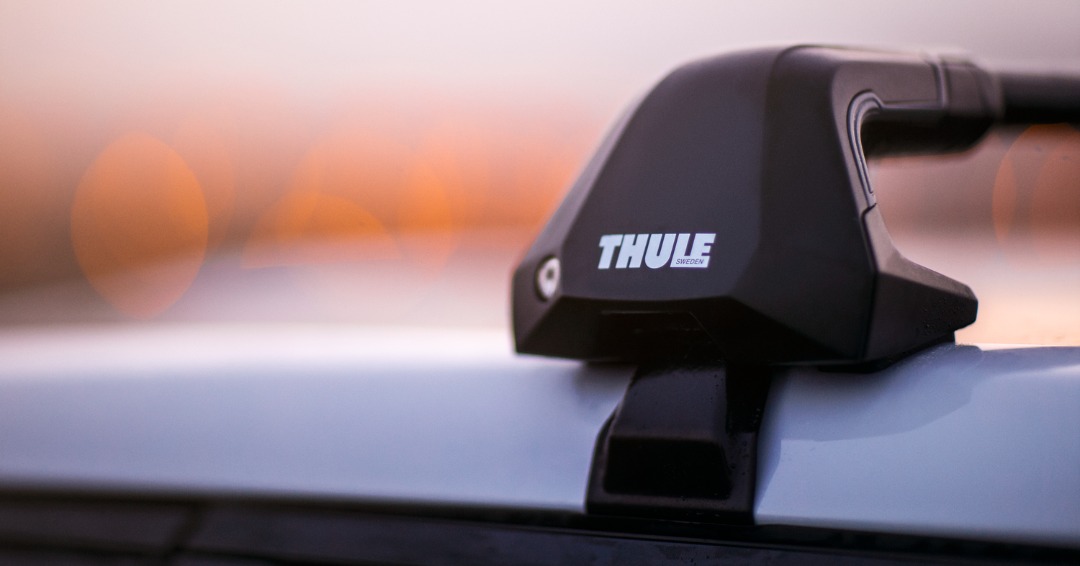June 5, 2022
Rack Attack Team
Just about anything you want to carry on your vehicle's roof will require a base roof rack; the question is: what roof rack will fit my car, and what roof rack is the best for me?
The basic concept of a roof rack is straightforward. It's made up of just a few parts:
- The mount - This is the piece of the rack that attaches to your vehicle. This piece will be specific to your vehicle's make, model, and year. The mount type will change depending on how the rack is mounted, as you will see below.
- The tower - This is the piece that connects the mount to the actual crossbar.
- The cross bars - Self-explanatory, but there are a few different styles you can choose from.
- Accessories - Once you have a base rack on your car, you can mount accessories to the cross bars to carry just about anything.
To figure out what you need for your car, you will have to use our automated fit guide. Before you do, keep on reading so you will understand the differences and can make the most informed decision.
Of all the parts above, the most important is choosing the mount. The tower isn't a choice you have to make because it will always be the correct tower for the mount. So we will start where it matters most.
Choosing the best way to mount a roof rack to your car
While this may seem like the most complicated part of picking a roof rack, it is actually very straightforward. Why? The way you mount your rack is dictated by the type of roof your vehicle has. If it has raised rails running front to back, it uses a raised rail rack. If there are mounting points hidden in your roof, it's a fixed point. As you can see from this image, the four most common types of roofs make up the five most common rack systems.
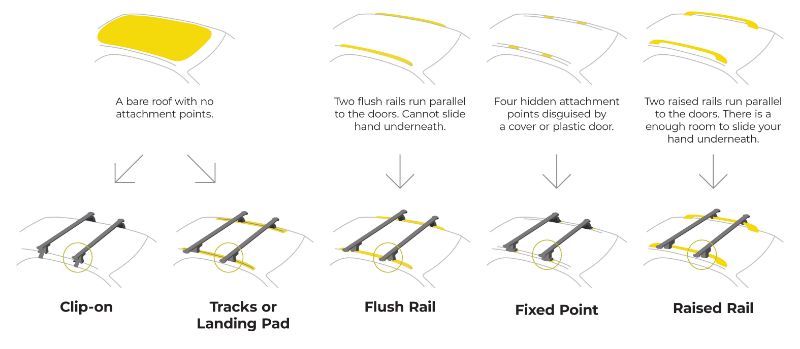
Raised rails
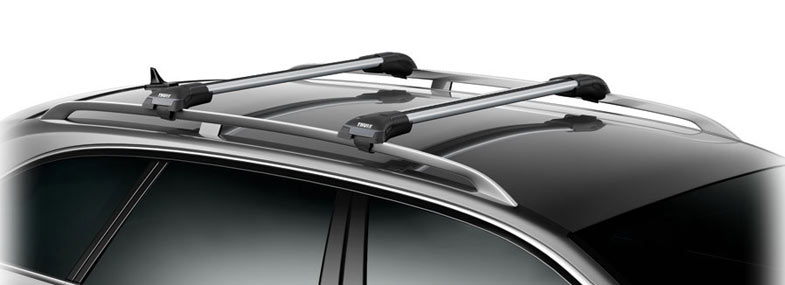
Of the various factory mounting points, raised rails are the easiest. If you're able to wrap the rack mounting around the factory rail, then you won't actually need a separate mounting component at all. In this one scenario, the tower will mount to the rails directly. The most popular options for this type of rack are the Thule Evo Raised Rail or the Yakima TimberLine.
Flush Rails
Flush rails have quickly become one of the most common roof options you see on newly manufactured cars. Due to their subtle appearance and improved usability, many manufacturers include them on almost every trim level. This is great since many flush rail options use similar mounting systems as fixed points, making these options much more universal.
Fixed mounting points
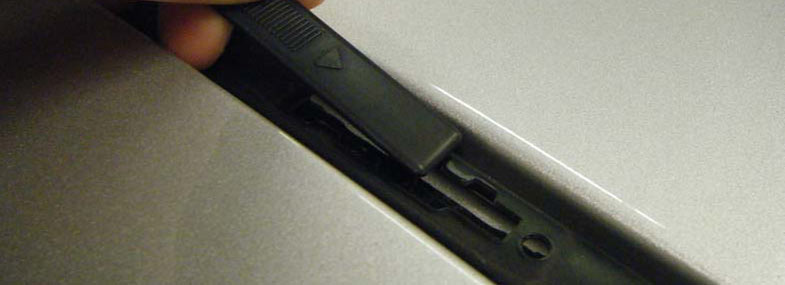
If your car doesn't have any factory rails, don't worry; there are still options for you to put some bars on your roof. Some vehicles (BMW, Volkswagen, and Mazda especially) come from the factory with fixed mounting points. Often these are hidden by little trap doors on your roof, and you can attach racks directly to these spots.
If this is possible, it's almost always the best way to go and can even save you some money over some other options. Check the fit guide to ensure a proper fit before making any final choices.
Nothing but a bare roof
If your car has nothing but a bare roof, then you have to choose between two mounting options. Either you go with a system with clips mounting into your door jams, or you can permanently mount a rack to the roof similar to the factory mount options.
Clip System Racks
With specific mounts (baseclips for Yakima, Fit Kits for Thule) made for the majority of all vehicles, this option will get you a reliable roof rack which you can remove or leave on nearly indefinitely.
(Warning! you should never go into a non-touchless car wash with a roof rack on)
With this style of rack, the towers sit on the vehicle's roof, and the vehicle-specific clips fit snugly into your door. This rack can carry all the roof rack accessories and will never leak, no matter how hard the rain comes down.
Permanent roof rack installations
There are many reasons someone would choose to permanently install a rack on the roof of their car, including:
- No door-mount fit is available.
- Desired ability to quickly remove the cross bars from the roof.
- The requirement of having the bars located in places other than where a door jam mounted rack would allow (for example, a bar near the rear of the vehicle for easy loading of kayaks.
- Aesthetics.
There are three ways to permanently install a roof rack to your car. One is by first installing a track running along your roof from the front to back. This option gives a very factory look, but is a little more work and expense than mounting a fixed point rack.
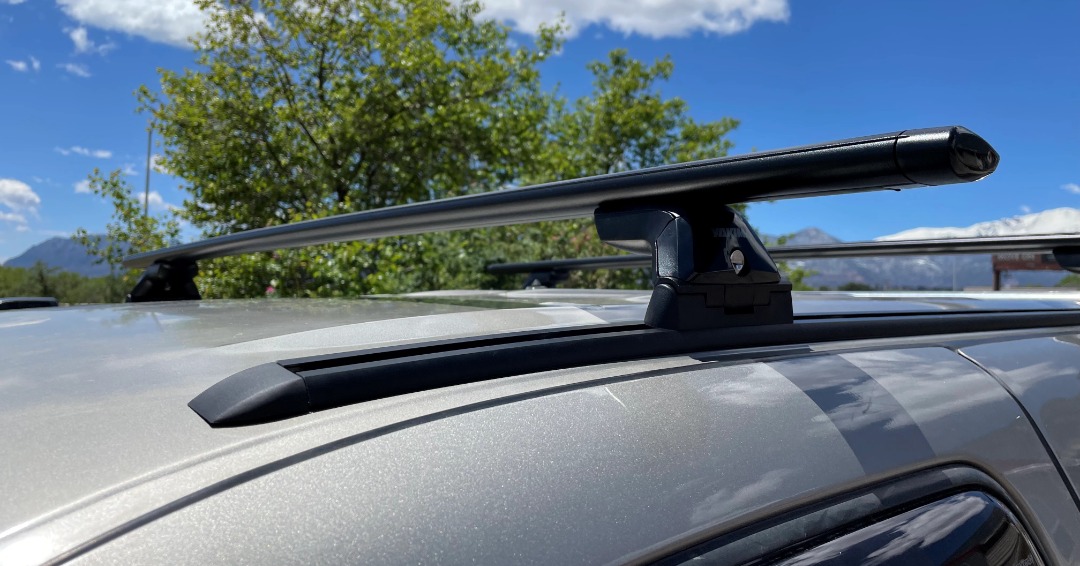
Here is a quick guide to installing a track.
The second option is mounting Yakima Landing Pads directly to your roof. With this install, you can never change the location of the bars on your roof, but for almost all rack users this is not an issue. This install is a little easier and is by far the most common permanent install we do in our shops.

Here is a quick guide to Landing Pad installation.
The final way to permanently install a rack is to add an artificial rain gutter to the side of the vehicle. This installation method is the least common, typically used for camper-vans with a roof unable to support the weight of a cargo rack. In this case, we will mount brackets to the sides of the vehicle for attaching the rack.
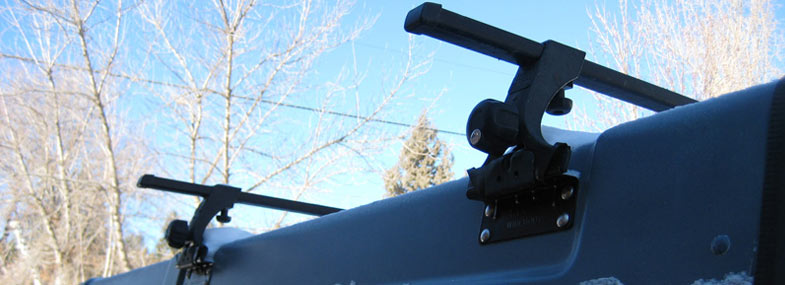
It's important to note that a permanent rack install is permanent. You will be required to drill through the roof of your vehicle to complete this installation. We guarantee a perfect fit, leak and problem-free, for all installs as long as you own your vehicle. But it should be noted that this is probably not the best choice for leased cars.
If you would rather not drill holes in your roof, then the best choice for you will be a clip mount.
Rain gutters
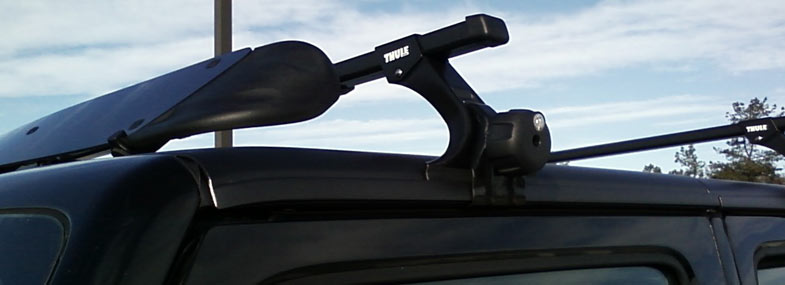
On most older vehicles or vans, you will have rain gutters running around the edge of your car, just below the roof. Both Yakima and Thule make rain gutter towers that clamp into these gutters, giving you a solid rack without any fuss. No extra mounts are needed for rain gutter towers.
Styles of roof rack cross bars
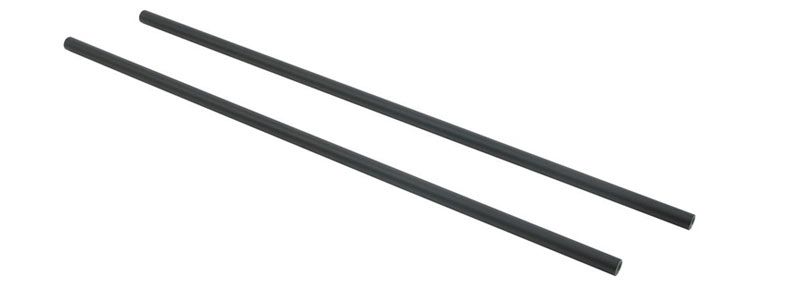
The standard Thule or Yakima crossbars are made of steel. They are strong and reliable but heavy. They can also make a fair amount of wind noise when mounted on your roof. Thule has recently reinvented the roof rack by offering traditional style bars with their Evo Lineup or a sleeker look with their Edge lineup. More can be found on these systems on their own separate blog.
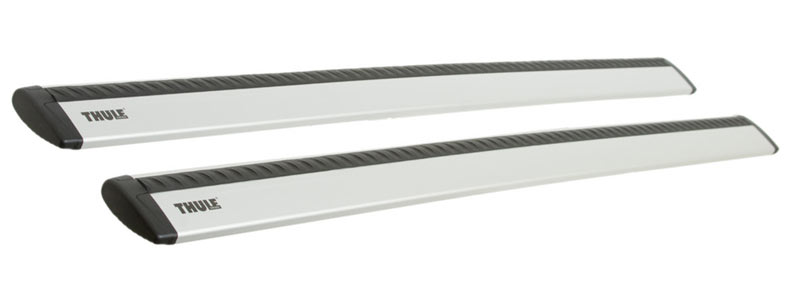
Both Thule and Yakima offer multiple options for lighter, aerodynamic bars. You can get the Evo WingBar from Thule, or the Jetstream and Corebar from Yakima. These systems will make less noise, are easier to install and remove, and will never rust. On top of it all, they look fantastic.
If you do buy a system with separate bars and towers it's possible to choose the length of your bars. When you input your vehicle information into the fit guide if will show you the recommended bar length for your vehicle, but in most cases, it's possible to get a longer bar length.
A longer bar will stick out on the sides of your vehicle, making the rack less visually appealing, but this extra bar length will increase the amount of stuff you can carry on your roof and can make it possible to mount accessories outside of the tower, which can be beneficial for some situations.
Use the fit guide
The best thing you can do is use our fit guides. Many cars have multiple fit options, and now that you understand what all of the possible options are, the guide will make a little more sense to you. Make sure to choose only an approved fit for your vehicle. If you have difficulty figuring it out, or you want to do something unique with your rack, give us a call. We will be happy to help you out.
